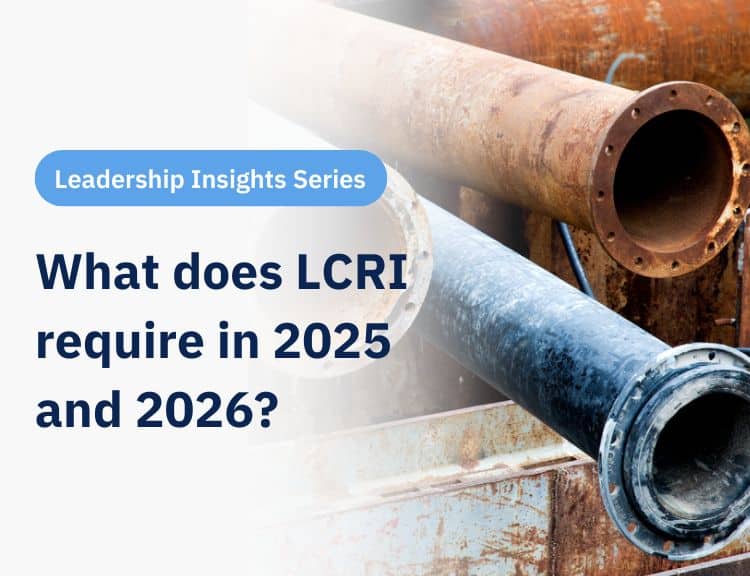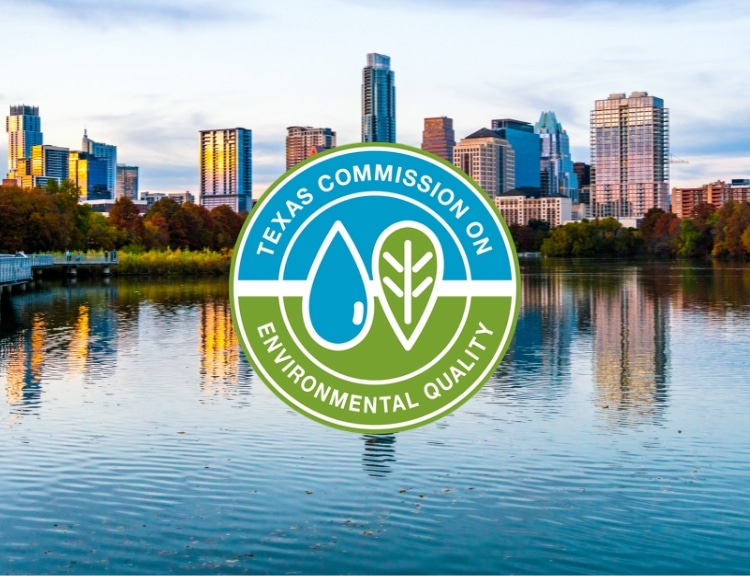BlueConduit is excited to announce that the South Carolina Department of Health and Environmental Control (DHEC) approved our Statistical Methods Approach to No-Lead Verification on behalf of Summerville, SC, enabling the Summerville Commissioners of Public Works (CPW) to use statistical analysis to classify “unknown” service lines as “non-lead.”*
The South Carolina Department of Health and Environmental Control (SCDHEC) recently published its own inventory template for public water systems to use for LCR/LCRI compliance. In this template, statistical analysis, also referred to as predictive modeling, is included as an accepted verification method. At this time, beyond the inclusion of predictive modeling as an accepted verification method, the SCDHEC did not provide public water systems with further specifications to assess such methods or guidance for their application in the preliminary LSLI.
BlueConduit applauds the SCDHEC’s inclusion of predictive modeling as an accepted verification method for LSLI, in line with the EPA’s LSLI guidance. Statistical analysis and predictive modeling offer a huge opportunity to public water systems in South Carolina. Public water systems do not have the financial, human, or technical resources to physically inspect each service line segment.
The use of statistical analysis and predictive modeling built on the fundamental best practices in statistics allows water systems to be more precise in their compliance efforts, efficient in resource allocation, and transparent with their customers. For South Carolina water systems who do not expect to find lead pipes, it offers another opportunity – to re-classify “unknown” service lines as “non-lead” without the need to physically inspect every line.*
BlueConduit’s expert data science and public policy teams were confident that our approach to No Lead Verification, with a rigorous focus on accuracy and reliability, would be approved by SCDHEC. This hypothesis was confirmed with the approval of our first Statistical Methods Approach in South Carolina, submitted on behalf of our customer, the Summerville Commissioners of Public Works (CPW), a water/wastewater utility serving more than 50,000 residents.
To build confidence and trust in our partnership, BlueConduit prepared, and Summerville CPW submitted, our Statistical Methods Approach to SCDHEC for approval prior to starting work. Though this was not a requirement for SCDHEC, we believe this proactive approach puts our customers, and the SCDHEC, in the best position to ensure the highest quality and reliability of our statistical methods and outputs.
Our Statistical Methods Approach in South Carolina includes:
- Background on Summerville’s dataset and indications of no lead in the system
- Approach to data collection and inventory development
- Statistical analysis methodology, including the method for showing the absence of lead
- Results and documentation
Megan Schweitz, Summerville CPW’s Lead and Copper Coordinator, stated, “BlueConduit built us a detailed project plan to submit to DHEC. The three of us – Summerville CPW, BlueConduit, and SCDHEC – then sat down to talk through our project plan. We were confident that the plan would be approved because of BlueConduit’s trusted predictive modeling process and tools, as well as SCDHEC’s openness to and guidance on predictive modeling as a method for service line materials verification in the Inventory. We were so excited when our no-lead verification plan was officially approved by SCDHEC.”
Want to learn more about using statistical analysis to re-classify “unknown” service lines as “non-lead?”* Get in touch!
*assuming the assumption of ‘no lead’ is validated in representative field investigations. We consider lead to be present if any of these is present: 1) utility-owned or customer-owned lateral service line is lead, 2) utility-owned or customer-owned lateral service line is galvanized requiring replacement (according to EPA), or 3) gooseneck is lead. When we say “no lead,” we mean that none of the above is present.





